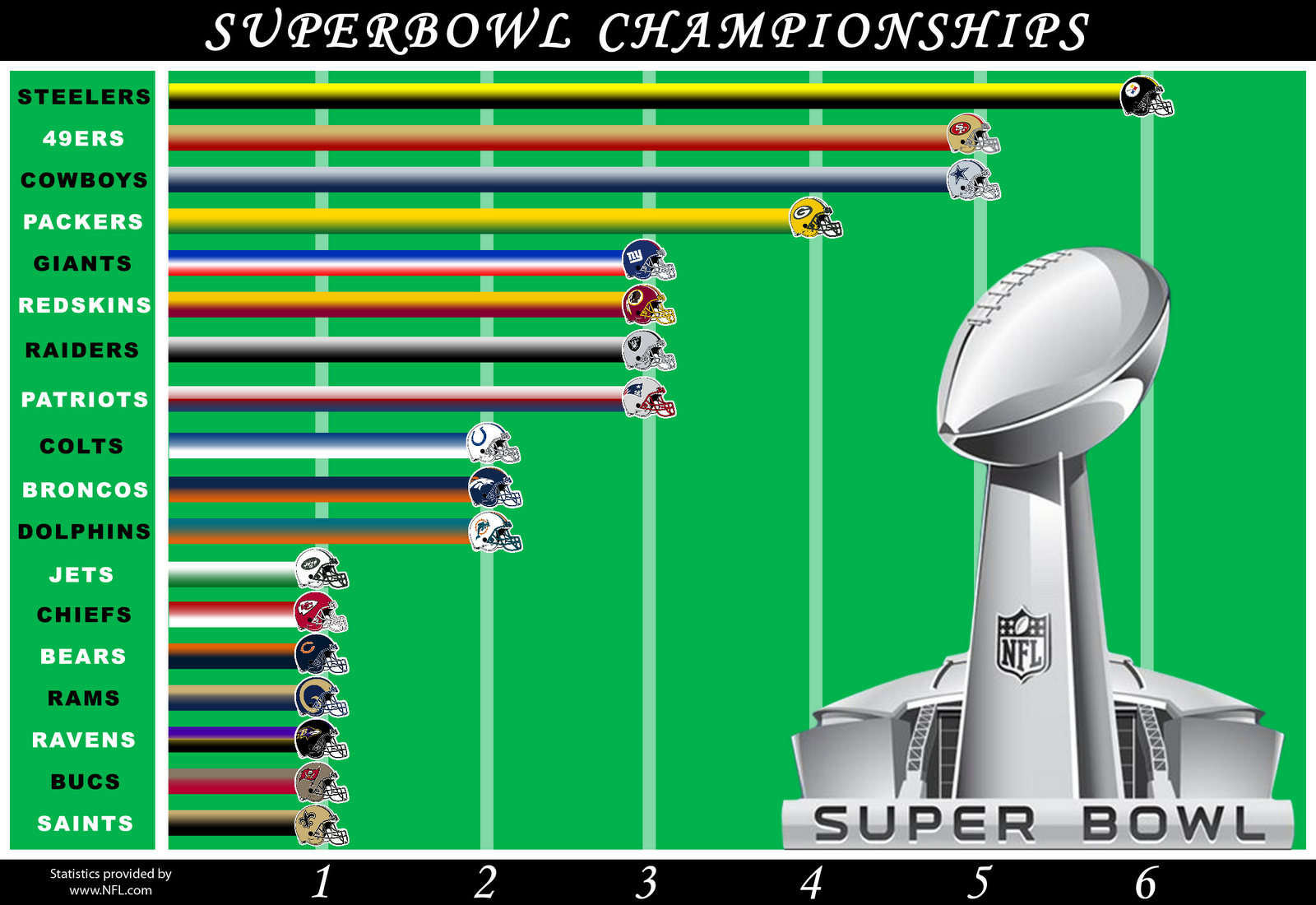Super Bowl Viewership: Decoding the Numbers
The Super Bowl. It's more than just a football game; it's a cultural phenomenon. Every year, millions of Americans tune in to watch two NFL teams battle it out for the championship title. But just how many Americans watch the Super Bowl? The sheer size of the audience is staggering, representing a significant portion of the US population. This article delves into the history, trends, and impact of Super Bowl viewership.
Understanding the number of Super Bowl viewers provides insights into several key aspects of American society. It reflects the enduring popularity of football, the power of live television events, and the effectiveness of Super Bowl advertising. The viewership figures are closely watched by broadcasters, advertisers, and businesses alike, as they offer a valuable snapshot of consumer behavior and media consumption habits.
Historically, Super Bowl viewership has grown steadily over the decades. The first Super Bowl in 1967 attracted a respectable audience, but the numbers have climbed significantly since then, fueled by factors like increased television ownership, the rise of cable television, and the growing popularity of the NFL. The Super Bowl consistently ranks among the most-watched television broadcasts in American history, often exceeding 100 million viewers.
The magnitude of the Super Bowl audience is not without its complexities. Accurately measuring viewership across different platforms, including traditional television, streaming services, and out-of-home viewing, presents a significant challenge. Different methodologies and data sources can lead to variations in reported viewership figures. Understanding these nuances is crucial for interpreting the data accurately.
Furthermore, the reasons behind the fluctuating viewership numbers are multifaceted. Factors such as the competing teams, the quality of the game itself, the halftime show performers, and even external events like major news stories can all influence how many people tune in. Analyzing these factors can provide valuable insights into audience preferences and viewing habits.
One key aspect to understanding Super Bowl viewership is recognizing the different ways it's measured. Nielsen ratings, traditionally the gold standard for television viewership, provide one metric. However, with the rise of streaming and online platforms, measuring viewership has become more complex. Total audience delivery metrics attempt to capture a more holistic view, including viewers across different platforms.
One of the most discussed aspects related to Super Bowl viewership is the impact on advertising. The massive audience attracts major advertisers willing to pay premium prices for commercial slots during the game. This influx of advertising revenue significantly benefits the NFL and broadcasters.
Another important consideration is the economic impact of the Super Bowl. The event generates revenue for host cities through tourism, hospitality, and related industries. The Super Bowl also has a ripple effect on businesses across the country, from restaurants and bars to retailers selling Super Bowl-themed merchandise.
Advantages and Disadvantages of High Super Bowl Viewership
| Advantages | Disadvantages |
|---|---|
| Increased advertising revenue for broadcasters and the NFL | High cost of advertising slots, potentially excluding smaller businesses |
| Economic boost for host cities and related industries | Potential for over-commercialization and focus shifting away from the game itself |
Frequently Asked Questions:
1. What was the most-watched Super Bowl in history? (Answer: Super Bowl XLIX in 2015)
2. How are Super Bowl viewership numbers measured? (Answer: Through various methods including Nielsen ratings and total audience delivery metrics)
3. Why is Super Bowl viewership important to advertisers? (Answer: Large audience provides significant exposure for brands)
4. How does the Super Bowl impact the economy? (Answer: Generates revenue for host cities and related businesses)
5. What factors influence Super Bowl viewership? (Answer: Competing teams, halftime show, external events, etc.)
6. How has streaming affected Super Bowl viewership measurement? (Answer: Added complexity in tracking viewership across different platforms)
7. How has the Super Bowl viewership changed over time? (Answer: Generally increased over the decades.)
8. How does the NFL use Super Bowl viewership data? (Answer: To negotiate broadcasting deals and understand audience trends)
Tips for maximizing your Super Bowl viewing experience: Ensure a strong internet connection for streaming, gather friends and family, and prepare snacks and drinks in advance.
The Super Bowl's massive viewership underscores its significance as a cultural touchstone in American society. From the economic impact on host cities and businesses to the influence on advertising and media trends, the number of people who tune in to watch the Super Bowl each year is a testament to the enduring power of live sports and shared experiences. Understanding the factors that influence these numbers provides valuable insights into consumer behavior, media consumption, and the evolution of entertainment. Whether you're a die-hard football fan or a casual viewer, the Super Bowl's viewership numbers tell a compelling story about American culture and the power of shared experiences. By staying informed about these trends, we can gain a deeper appreciation for the Super Bowl's impact on our society.
Remembering jane margaret gray a life celebrated
Unleash your power the ultimate guide to heavy punching bags
The intricate dance of salaries and benefits understanding perbedaan gaji dan tunjangan














